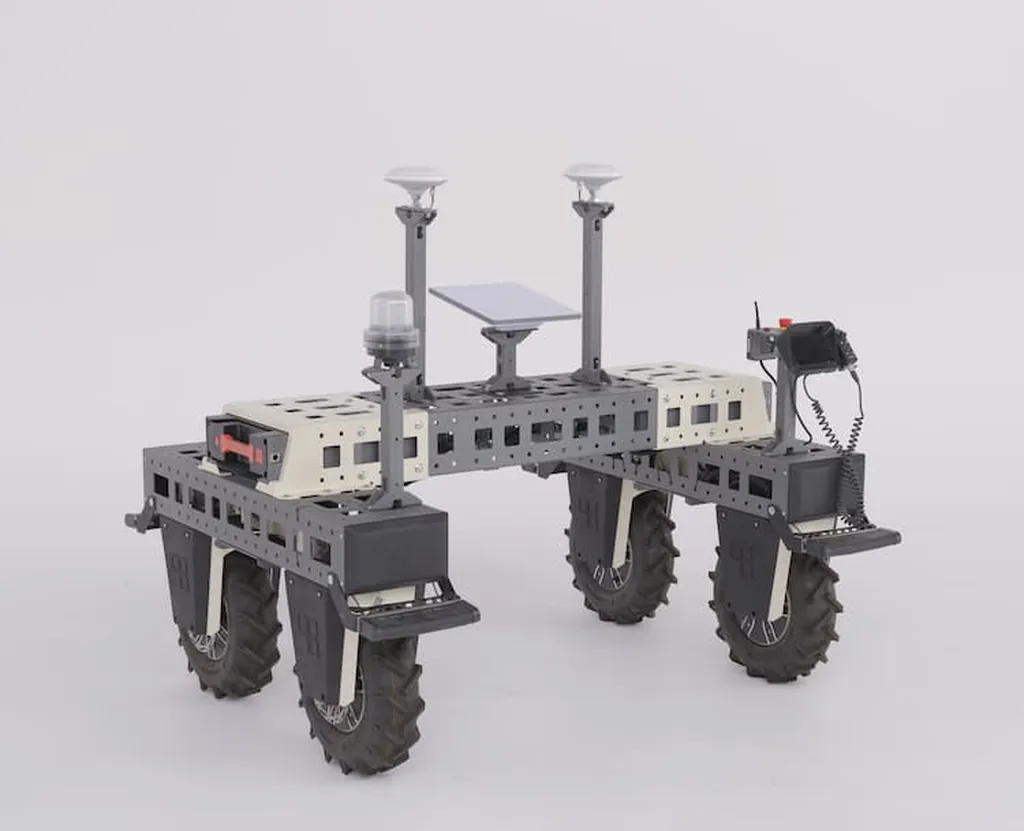Bonsai Robotics, a pioneer in AI-driven, vision-based autonomy software for agriculture, has taken a significant step forward with the unveiling of its new Amiga lineup at FIRA USA 2025. This development comes on the heels of the company’s July acquisition of farm-ng, signaling a bold move to integrate and unify its technology offerings. The new lineup includes the Amiga Flex, Amiga Trax, and Amiga Max, each designed to bring advanced autonomy to various agricultural and industrial applications.
The Amiga Flex stands out as the first vehicle fully integrated with Bonsai Intelligence, marking a milestone in the company’s mission to create an accessible and adaptable autonomy platform. Tyler Niday, CEO of Bonsai Robotics, emphasized the importance of this integration, stating, “We’re building the most accessible, adaptable autonomy platform in agriculture – one that now brings Bonsai Intelligence and the Amiga product line together as a unified system.” This unification is set to enable a new era of capability, allowing growers to tailor autonomy solutions to their specific environments and applications.
The Amiga Flex is a durable, modular platform designed to bridge the gap between research and real-world deployment. Roughly the size of a small ATV, it is powerful enough to tow, carry, or operate implements used in research, agriculture, and light-soil engagement work. Key features include Bonsai Intelligence, which provides intelligent navigation, perception, and task execution through an affordable software subscription. The Flex also boasts a field-ready chassis with superior traction, protection, and performance across challenging terrain. Its swappable battery system ensures continuous operation with more than 8 hours of runtime per pack, and open interfaces support a wide range of sensors, implements, and custom integrations.
Complementing the Flex are the Amiga Trax and Amiga Max, both powered by Bonsai Intelligence. The Trax is a modular, low-clearance vehicle built for towing, hauling, and automation in rugged outdoor environments. It delivers powerful electric performance with exceptional stability and traction, making it ideal for vineyards, cane fruit, perennial crops, and off-road work in non-agricultural industries. The Max, on the other hand, is a compact, high-performance farming robot combining heavy-duty power with precision maneuverability. It handles spraying, towing, lifting, and hauling across bedded and row crops, orchards, and tough terrain, with a hybrid electric option available for 24/7 operations.
At the heart of all Amiga vehicles is Bonsai Intelligence, a vision-based autonomy platform that enables machines to perceive their surroundings and act independently. Unlike conventional systems that rely heavily on GPS or pre-mapped environments, Bonsai Intelligence learns from real-world experience. Trained on more than 500,000 acres across multiple continents and a wide variety of crops, it delivers best-in-class autonomy. The platform includes Bonsai Autonomy, a vision-based, embodied AI system, and Bonsai Pilot, a cloud-based application for planning, monitoring, and managing autonomous operations in real time.
The implications of this new lineup are significant. By integrating Bonsai Intelligence with the Amiga product line, Bonsai Robotics is offering growers a unified, scalable solution that can adapt to their specific needs. This integration allows for seamless management of all equipment and operations from one connected platform, anytime, anywhere. As Niday noted, “Bonsai Intelligence has been proven in commercial deployments around the world and now powers our new Amiga lineup.” This means that growers can upgrade existing machines or choose Bonsai-enabled systems, ensuring that the platform meets them where they are and scales with their operations.
The introduction of the Amiga lineup represents a major advancement in agricultural autonomy, offering growers reliable, adaptable, and high-performance solutions. As the industry continues to evolve, Bonsai Robotics is poised to play a pivotal role in shaping the future of autonomous farming.

